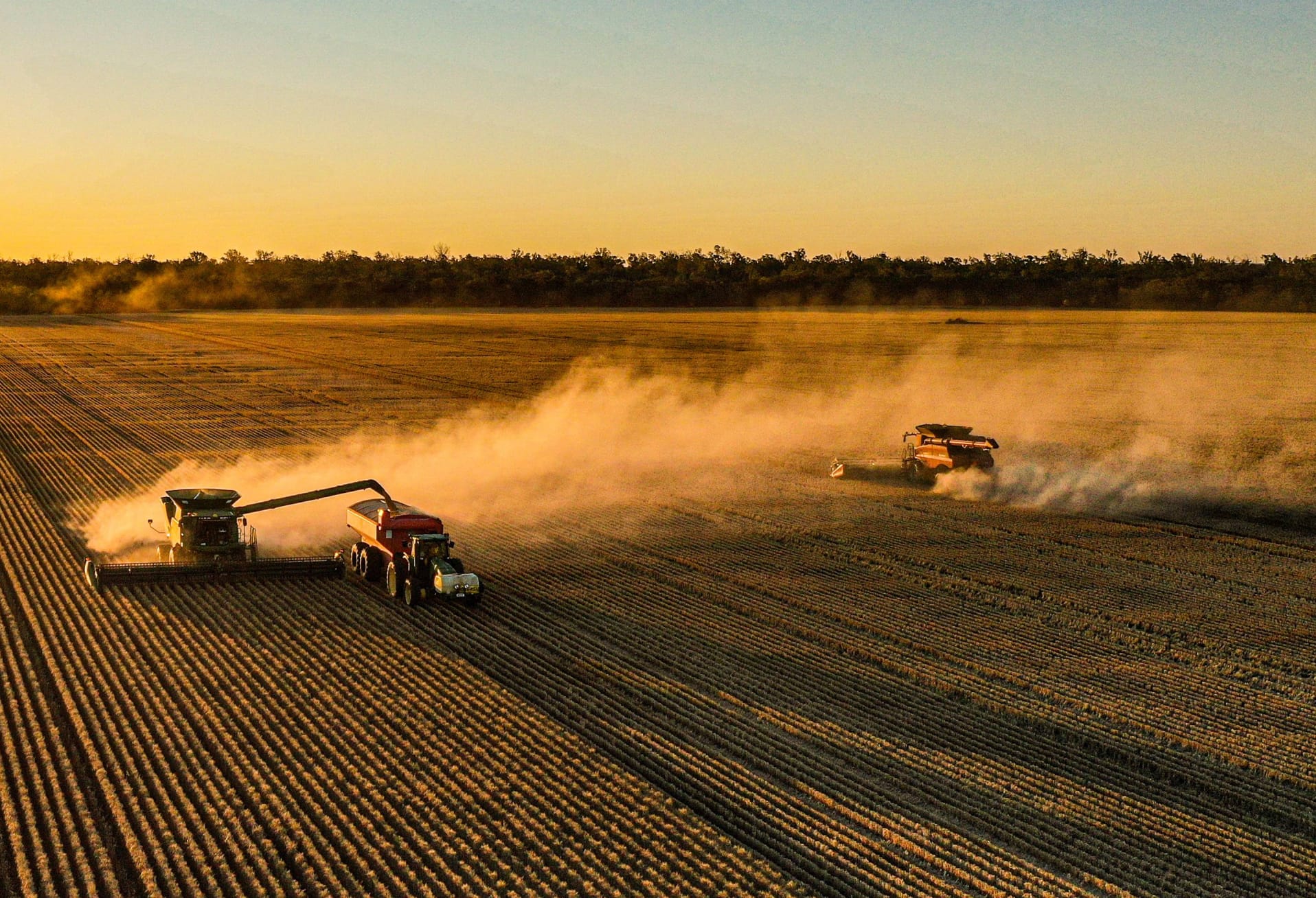Farmer-driven innovations and some of the latest products, research and management practices were on show last Wednesday at BCG’s third Sheep Management Showcase.
Seasonal variability, fluctuating commodity prices, herbicide resistance and, most importantly, risk management are some of the key factors that motivate Wimmera and Mallee farmers to include a livestock enterprise in their farming system.
Wimmera and Mallee farmers are keen to address the challenges and harness the opportunities that come with operating a mixed farming system and it is for this reason that in the last three years BCG has extended its research, development and extension work to include livestock, culminating each year in the highly regarded Sheep Management Showcase.
Following the 2015 theme, ‘Building a better bottom line’, last Wednesday’s Sheep Management Showcase examined how growers can improve the productivity and profitability of their livestock, and better navigate the all-important logistical issues that can challenge mixed farmers.
The event again attracted a line-up of well-regarded speakers and industry specialists keen to connect with local growers and help them to understand what could be inhibiting the performance of their livestock.
Meat Livestock Australia (MLA) managing director Richard Norton opened the day outlining the requirements of Australia’s overseas sheepmeat markets and delivering a market outlook, which from his perspective was largely positive.
MLA’s new regional consultation model was presented by MLA on-farm and innovation manager Matt McDonagh. According to Mr McDonagh, the new model will provide an increased opportunity for sheepmeat producers to have a say about how MLA’s R&D investments are spent. He said three consultation groups would be established in Victoria and he encouraged BCG livestock members to get involved.
New technology to help graziers was also discussed and presented by University of New England researcher Mark Trotter. Dr Trotter is currently working on a project investigating sheep grazing patterns on Nandaly stubbles using GPS tracking collars. He discussed how this and other new technologies such as UAVs and virtual fencing have the potential to improve sheep management in mixed farming systems in the Mallee.
A presentation by highly regarded livestock consultant San Jolly was a highlight of the day.
Ms Jolly gave an overview of some of the factors that drive lamb growth rates and produce animals that meet market specifications. In particular she highlight the importance of weaning weights.
“Getting weaner weights up in the first 8-12 weeks provides greater opportunities for marketing, so you should be weighing them” she said.
“If you are a wool producer, measuring fleece weight is also important.
“If it’s a dry finish, identify the most productive and profitable sheep on farm, which is generally the older merino ewes. Wool production is cheaper than reproduction; trade sheep instead of breeding and do feed budgets right now for next year.”
Concluding the day, Ms Jolly left the crowd with a thought provoking comment about genetics which are commonly thought to be responsible for the biggest gains in a livestock enterprise.
She said that after reviewing the literature, genetic gain comparisons over the last 40 years may not have been as productive as first thought.
A line-up of experienced farmers and graziers also took part in the showcase, sharing their experiences and ground-truthing some of the strategies being put forward by researchers and industry specialists.
Warrick McClelland, John Ferrier, Gavin Sait and Andrew Lee formed part of a farmer panel led by Harm van Rees (CropFacts) and Jonathan Nield (CopRice) discussing options to finish lambs earlier in Wimmera and Mallee environments.
Wimmera mixed farmer Peter Velthius gave an engaging presentation on containment management, sharing his practical experiences, issues he has encountered and how he was navigating them.
Mr Velthius said that by day 10-12, lambs should have put on about three kilograms.
“If they haven’t it could be because the rumen has not fully developed or they are shy feeders,” he said.
“Take shy feeders out or you will start losing money.”
The importance of budgeting and selecting the right lambs for your systems was also highlighted by Mr Velthius.
“If you don’t budget you can lose a lot of money with feedlotting,” he said.
“You have to be clear with your agent about the type of lamb you want to purchase and why.
“The wrong lamb for your feedlotting system can be costly.”
Western District grazier Chris Dorahy shared his insight on feeding and finishing lambs, stressing the importance of considering all information, including real costs and realistic estimations on returns, before making decisions.
“We always work on ensuring we have a plan,” he said.
Product demonstrations added colour and a dimension of practicality to the day. Popular exhibits included the Te Pari Racewell sheep handler, O’Connors Farm Machinery’s Manitou telehandler, the Clipex sheep handler, Atlex sheep yards and Dynamic Dipping mobile service.
Victorian agriculture Minister Jaala Pulford also stopped by, updating the Sheep Management Showcase audience on government investment in agricultural projects across the state.
Minister Pulford praised BCG for its commitment to improving the prosperity of Victorian farmers, rural communities and the agricultural sector as a whole through the delivery of farmer-led research and extension.
Thanks were extended to Birchip farmers Bryan and Chris Hogan who donated their machinery shed, shearing shed and yards for the day. The event concluded with sundowner drinks and refreshments, with many staying to continue the discussion around the fire.









